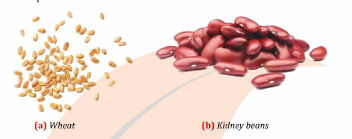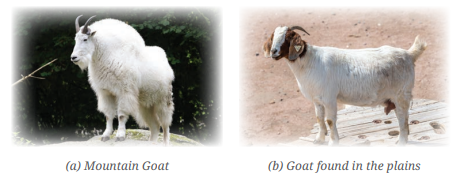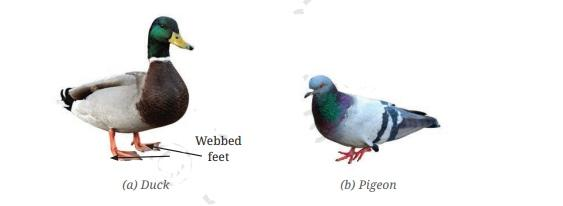NCERT Solutions for Class 6 Chapter 2 Science - FREE PDF Download
FAQs on NCERT Solutions for Class 6 Science Chapter 2 Diversity In The Living World
1. What is the importance of grouping plants and animals in Chapter 2 Diversity in the Living World?
Grouping helps in organising and studying living organisms by their similarities and differences, making it easier to understand biodiversity. Vedantu NCERT Solutions guides students in mastering these grouping concepts effectively.
2. What are the main features used to classify plants in Chapter 2 of Class 6 Science?
Plants are classified based on features like stem structure, leaf venation, root type, and seed type. With Vedantu NCERT Solutions, students can explore these features with detailed explanations and examples.
3. What are herbs, shrubs, and trees according to Diversity in the Living World?
Herbs: Small plants with soft stems.
Shrubs: Medium-height plants with woody stems.
Trees: Tall plants with hard, woody stems and branches. Vedantu NCERT Solutions simplifies these classifications for better understanding.
4. What is the difference between taproots and fibrous roots in Class 6 Science Chapter 2 Diversity in the Living World?
Taproots are single main roots that grow deep into the soil, while fibrous roots consist of many small roots spreading out from the base. Vedantu's solutions help students learn the distinction with clear diagrams.
5. What are reticulate venation and parallel venation in Science Class 6 Chapter 2?
Reticulate venation: Veins form a network, commonly found in dicots.
Parallel venation: Veins run parallel, common in monocots. Vedantu NCERT Solutions offers visual aids to understand these patterns effectively.
6. What is the relation between leaf venation and root type in Chapter 2 Science Class 6?
Plants with reticulate venation generally have taproots, while plants with parallel venation have fibrous roots. Vedantu’s NCERT Solutions explain these relationships clearly, aiding in easier learning.
7. How are dicots and monocots different in Diversity in the Living World?
Dicots have seeds with two cotyledons, reticulate venation, and taproots. Monocots have one cotyledon, parallel venation, and fibrous roots. Vedantu’s detailed NCERT Solutions help students identify the differences with ease.
8. What adaptations help animals survive in their habitats according to Chapter 2?
Adaptations like streamlined bodies for swimming or long legs for walking on sand help animals survive in specific habitats. Vedantu’s interactive NCERT Solutions make these concepts simple and engaging.
9. What is the role of biodiversity in ecosystems in Diversity in the Living World?
Biodiversity ensures the stability of ecosystems by providing food, shelter, and maintaining environmental balance. Vedantu NCERT Solutions provides an in-depth look into the importance of biodiversity.
10. How can Vedantu’s NCERT Solutions help in learning Chapter 2 Diversity in the Living World?
Vedantu’s NCERT Solutions provides detailed explanations, easy-to-understand answers, and practice questions to help students master key concepts from this chapter and perform well in their exams.























